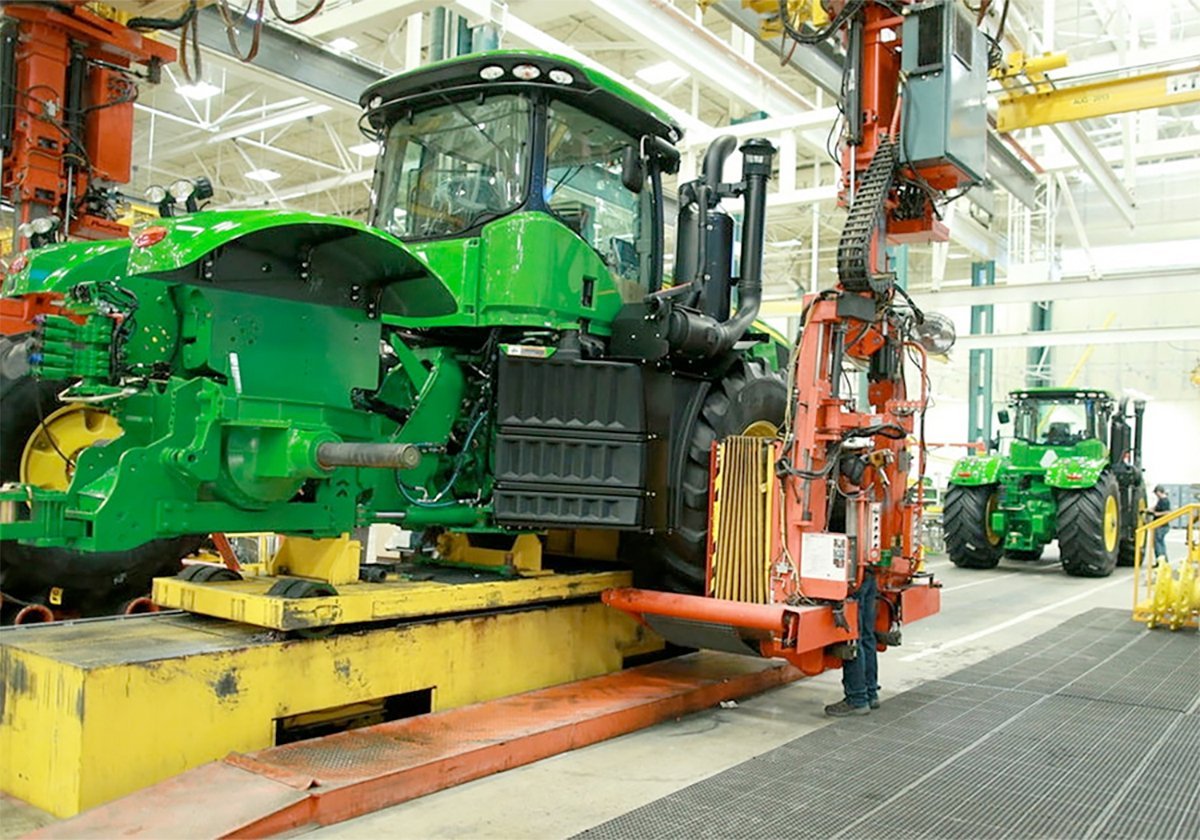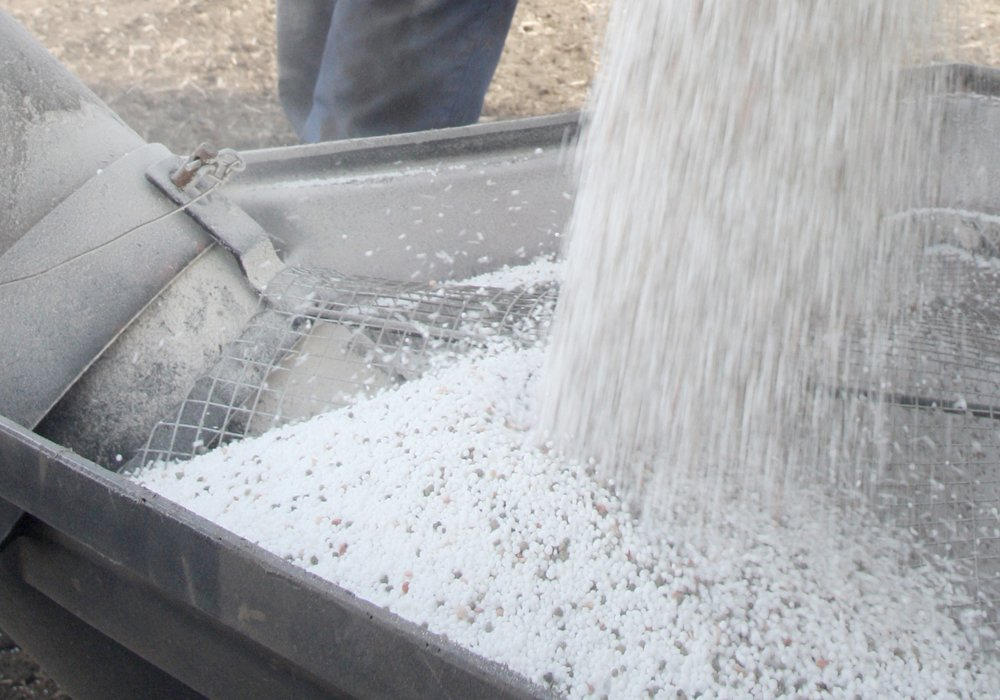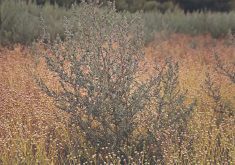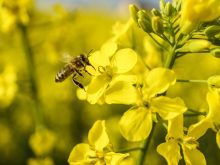The federal government says it is seeking guidance on how to reduce emissions associated with fertilizer. The national target is to reduce those emissions by 30 percent below 2020 levels by 2030.
A discussion document on the issue has been released. It provides interesting information and perspectives but raises as many questions as it answers.
The target is absolute emissions, not emission intensity. Many farm organizations have expressed concern over how it will be possible to increase crop production and thereby exports while meeting the emission decrease.
Read Also

Trump’s trade policies take their toll on Canadian producers
U.S. trade policy as dictated by president Donald Trump is hurting Canadian farmers in a multitude of ways.
Typical of the Liberal government, the discussion paper says the need to act is urgent, citing all the extreme weather events farmers faced in 2021. Of course, while Canada should do its part, whatever we do on fertilizer emissions isn’t going to unilaterally change the climate.
The feds say agriculture was responsible for approximately 10 per cent of Canada’s greenhouse gas emissions in 2019. Fertilizer emissions are just part of that. Meanwhile, Canada accounts for only about one percent of global agriculture emissions. Any improvements we make could easily be overwhelmed by what other nations do.
The biggest emissions concern with fertilizer is nitrous oxide, which scientists say has a global warming potential 265 to 298 times that of carbon dioxide over a 100-year period.
Between 2005 and 2019, Canadian fertilizer use increased by 71 percent, driven primarily by increased sales in Western Canada. It’s believed that nitrous oxide emissions per acre have nearly doubled since 1981, but emissions data is much more nebulous than actual fertilizer use.
To its credit, the discussion paper acknowledges the regional variability in soils, crops and climate as well as fertilizer-use patterns. It says strategies will need to vary across the country, but the main targets are clear.
“The highest potential emissions reductions can be obtained from the use of enhanced fertilizers with urease and nitrification inhibitors, and current adoption of these technologies is very low across the country,” notes the paper.
To reach the 30 percent reduction, it’s clear this will be an area of focus. Of course, the reason producers don’t use these products is cost. They are willing to risk some loss from volatilization and leaching because that’s likely to be the most cost-effective approach. The big question is what can be done to increase the adoption of nitrogen stabilizers.
“A further strong recommendation,” says the paper, “would be the cessation of the practice of fall application.” Quoting from a 2019 Fertilizer Canada survey, the paper says about 20 percent of canola producers surveyed in Alberta and Saskatchewan and 44 percent of canola producers surveyed in Manitoba applied fertilizer in the fall of the previous year.
What the paper doesn’t note is the even more deleterious practice of applying nitrogen onto snow-covered frozen fields. That isn’t allowed in Manitoba but occurs all too often in Saskatchewan. This is a case where rules should be aligned.
The paper makes note of an annual soil test for spring nitrogen application with the assumption that would reduce fertilizer use and therefore emissions. Unfortunately, that’s a flawed premise. Soil tests often call for even more nitrogen than producers intend to apply.
Rather than imposing their own solutions, the feds are seeking input and they’ve committed a considerable amount of funding to encourage changes. Go online, check out the discussion paper and add your thoughts to the process. No use complaining later if we don’t speak up when asked.
Kevin Hursh is an agricultural journalist, consultant and farmer. He can be reached by e-mail at kevin@hursh.ca.
















